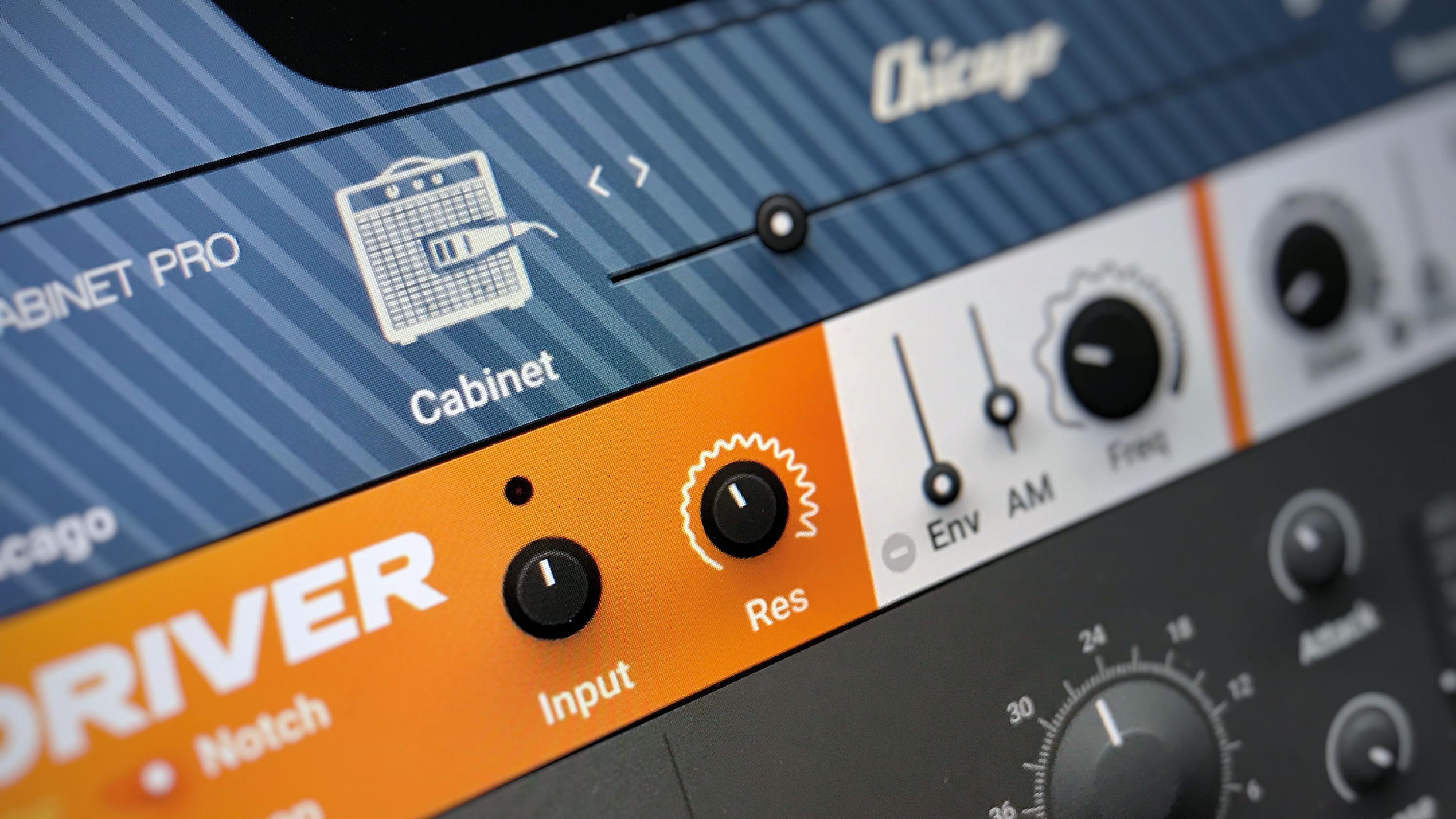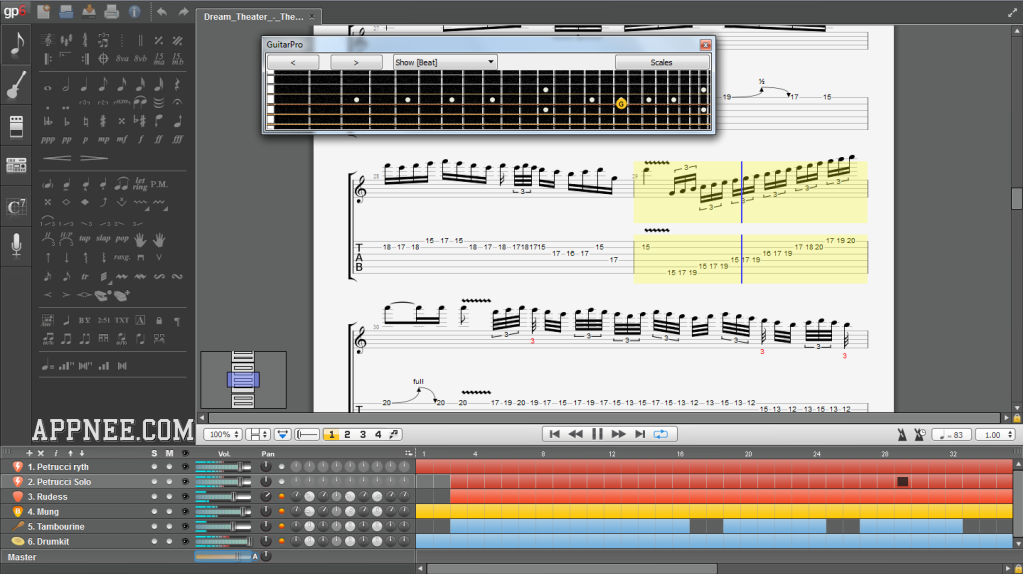
It’s the one with the musical note and is usually selected by default.įrom there you can select the note (simply click a note in the tab sheet) you want to apply a bend to and either press B on the keyboard or click the bends icon in the notation menu: On the left side of your Guitar Pro 6 window, make sure the notation tab is selected. It’s a simple quarter note pattern in one bar, where we’ll use the last two notes at the seventh fret to add our bends. For this lesson, I’m going to remove the standard notation (press F6 then uncheck the “Standard” box) so we’re only working with tabs. To open the bends tool in Guitar Pro 6, you need to have at least one note selected in your tab sheet. In this tutorial I’ll show you how to use it to make your tab sheets clearer and easier to read, allowing you to express the more subtle aspects of bends and vibrato.


This is where the Guitar Pro 6 bend editing tool is extremely helpful. It works, but it’s not the easiest thing to read. In this tab we’re bending a full step then releasing back to our original note. The combinations thereof simply cannot be expressed in Courier font, where the only way to identify a bend is by using the b symbol, usually in the following manner: Moreover, there’s the question of how far you might bend a note:

Particularly since bends are so subtle and nuanced, it’s difficult to properly express them in a TXT file, as there’s no way to account for their many variances.įor example, a bend can be any of the following: Produce professional-looking sheet music with Guitar Pro ! In this tutorial, you will learn how to edit bends and vibrato in your sheet music.Īccounting for bends and vibrato in a text-based tab sheet is tricky.


 0 kommentar(er)
0 kommentar(er)
